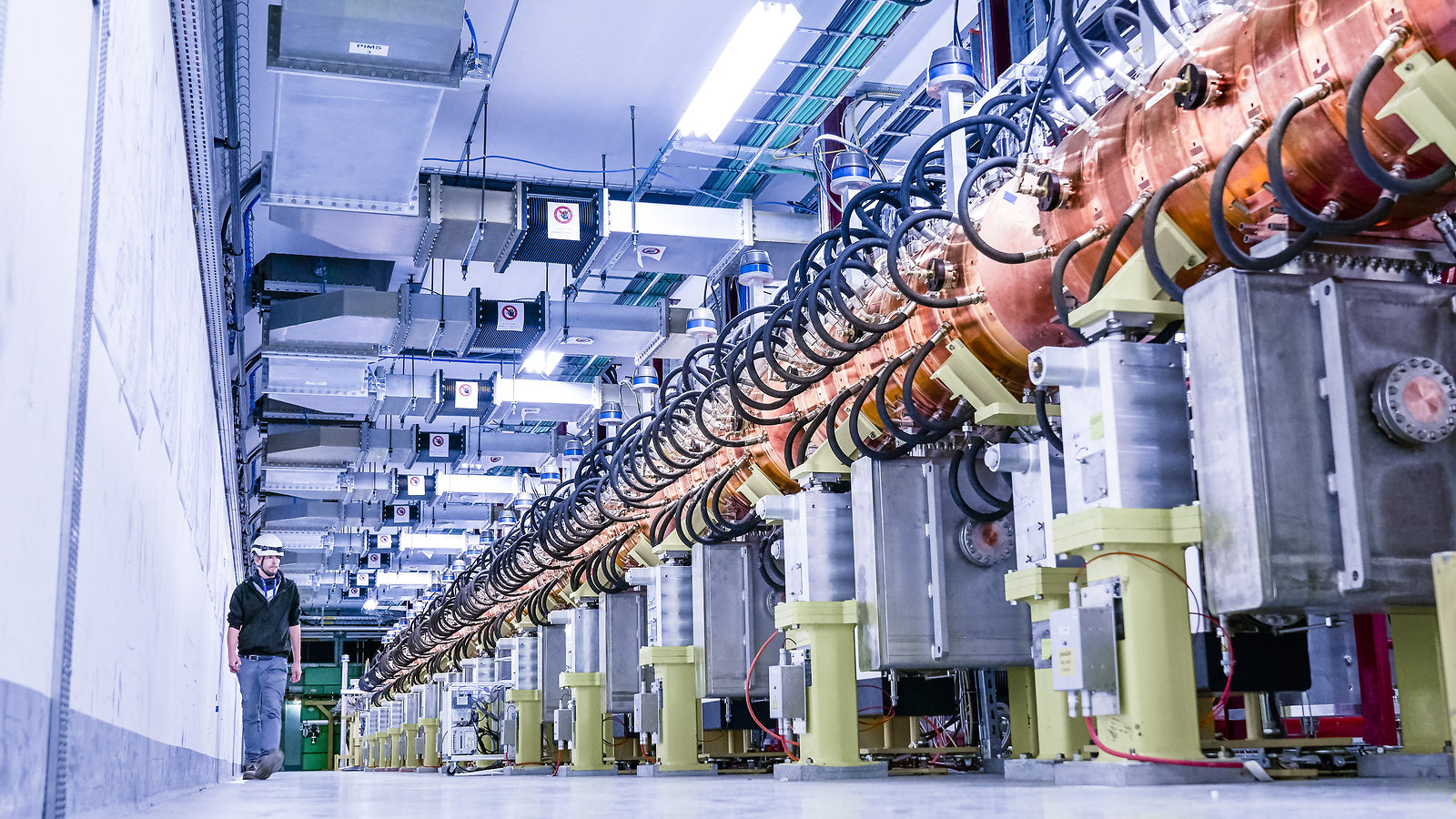At a ceremony today, CERN European research center inaugurated its newest accelerator.
Linac 4 will eventually become the first step in CERN’s accelerator chain, delivering proton beams to a wide range of experiments, including those at the Large Hadron Collider.
After an extensive testing period, Linac 4 will be connected to CERN’s accelerator complex during a long technical shutdown in 2019-20. Linac 4 will replace Linac 2, which was put into service in 1978. Linac 4 will feed the CERN accelerator complex with particle beams of higher energy.
“We are delighted to celebrate this remarkable accomplishment,” says CERN Director General Fabiola Gianotti. “Linac 4 is a modern injector and the first key element of our ambitious upgrade program, leading to the High-Luminosity LHC. This high-luminosity phase will considerably increase the potential of the LHC experiments for discovering new physics and measuring the properties of the Higgs particle in more detail.”
“This is an achievement not only for CERN, but also for the partners from many countries who contributed in designing and building this new machine,” says CERN Director for Accelerators and Technology Frédérick Bordry. “We also today celebrate and thank the wide international collaboration that led this project, demonstrating once again what can be accomplished by bringing together the efforts of many nations.”
The linear accelerator is the first essential element of an accelerator chain. In the linear accelerator, the particles are produced and receive the initial acceleration. The density and intensity of the particle beams are also shaped in the linac. Linac 4 is an almost 90-meter-long machine sitting 12 meters below the ground. It took nearly 10 years to build it.
Linac 4 will send negative hydrogen ions, consisting of a hydrogen atom with two electrons, to CERN’s Proton Synchrotron Booster, which further accelerates the negative ions and removes the electrons. Linac 4 will bring the beam up to an energy of 160 million electronvolts, more than 3 times the energy of its predecessor. The increase in energy, together with the use of hydrogen ions, will enable doubling the beam intensity delivered to the LHC, contributing to an increase in the luminosity of the LHC by 2021.
Luminosity is a parameter indicating the number of particles colliding within a defined amount of time. The peak luminosity of the LHC is planned to be increased by a factor of 5 by the year 2025. This will make it possible for the experiments to accumulate about 10 times more data over the period 2025 to 2035 than before.
Editor's note: This article is based on a CERN press release.



